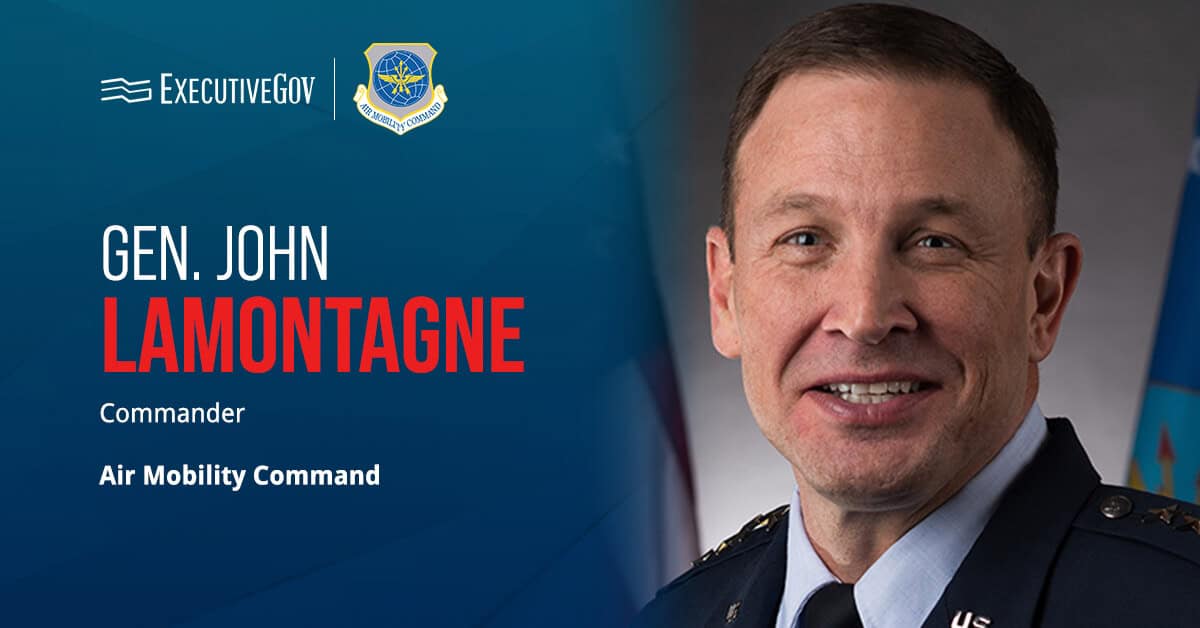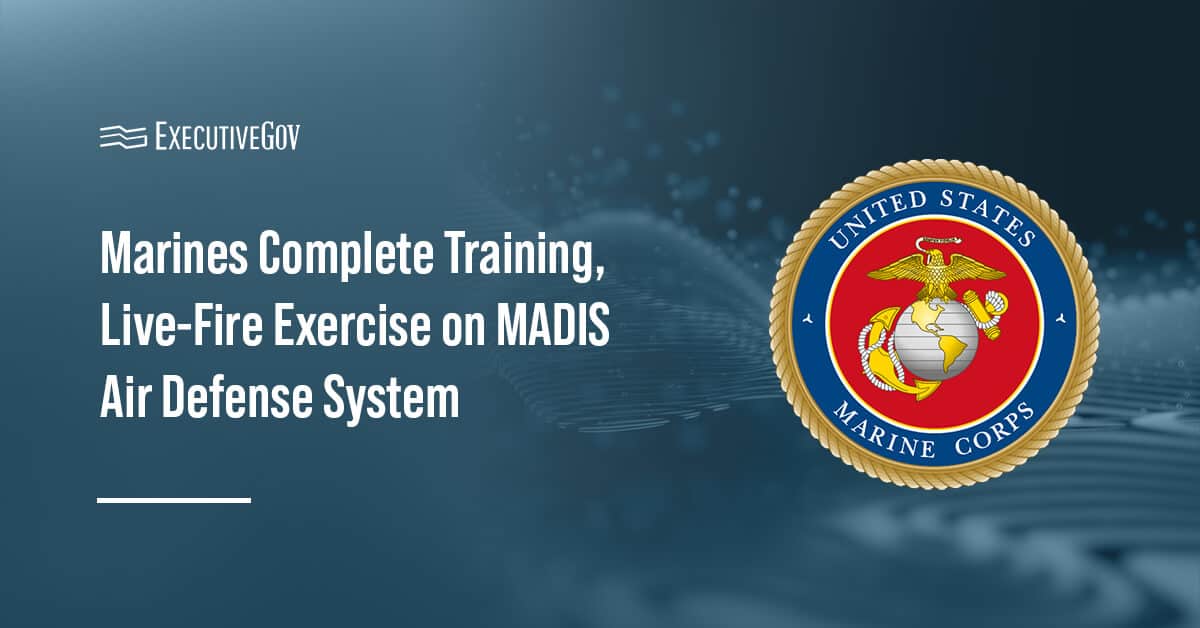The U.S. Army plans to soon activate a new research laboratory that will focus on transmission technologies for helicopters and other types of rotorcraft.
The Vehicle Innovative Powertrain Experimental Research laboratory will undergo commissioning before the end of 2020 and initiate activity in January, the Army said Monday. VIPER will operate under Army Research Laboratory within the service branch's Combat Capabilities Development Command.
“The flexibility of VIPER is what makes it unique compared to other existing testbeds that usually focus on one gearbox platform,” said Ryan Emerson, chief of the propulsion division within ARL's Vehicle Technology Directorate.
The new facility features a test stand that allows for motor reconfiguration, an output unit that produces 2000 horsepower and input units with 1000 horsepower.





